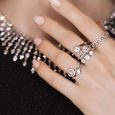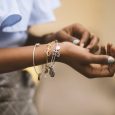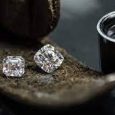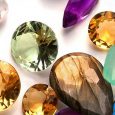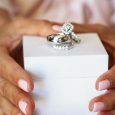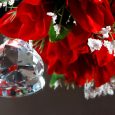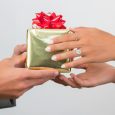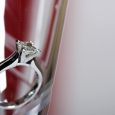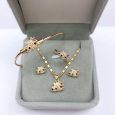Who wouldn’t want to purchase a genuine diamond? With advances in the diamond industry, it is unfortunate that fake diamonds are commonplace already. Of course, there are also fool-proof means now to determine if the diamond is real or fake.
Anyone can be fooled into mistaking a gemstone for a diamond if that person is not familiar with a true diamond’s components and structure. Moissanite and cubic zirconia are the common stones that look very much like diamonds. To protect your interests, you must know how to pinpoint a genuine diamond and a fake one.
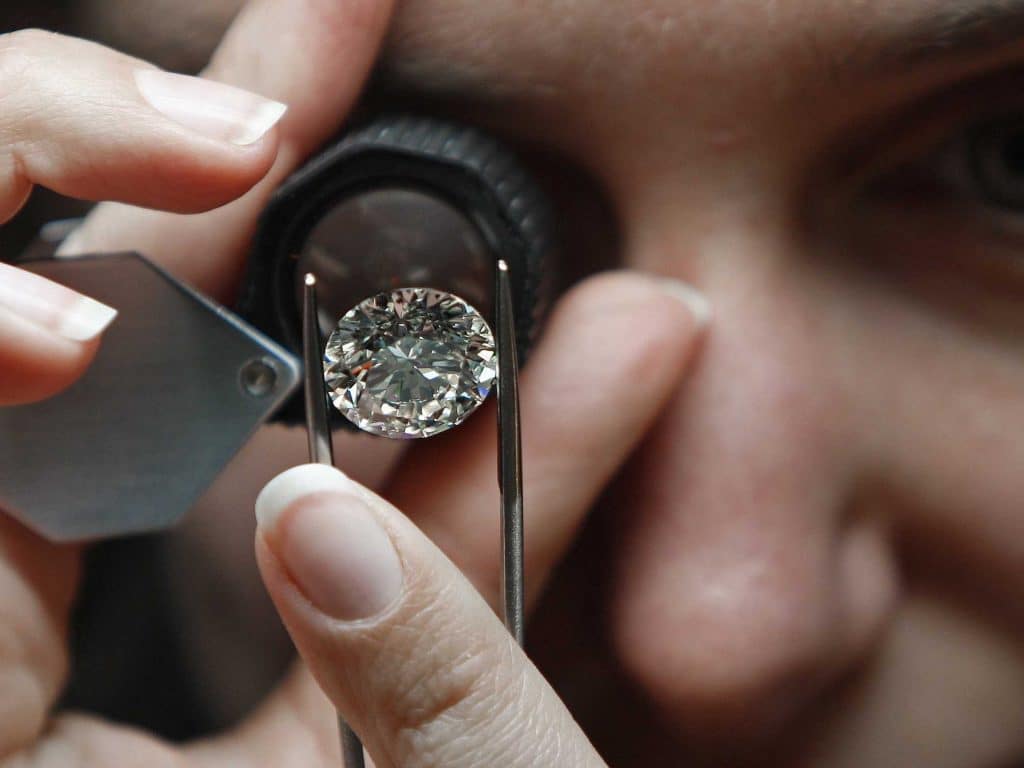
Quick Techniques in Telling If a Diamond is Fake or Genuine
Here are some established ways to determine if a diamond is real or not:
The Fog Test
In this process, you hole the ring or the diamond between your two fingers. You then breathe on the stone with a puff. A light layer of fog forms on the diamond because of the heat and moisture from your breath. If ever the fog disappears immediately, you can be sure that it’s a genuine diamond.
On the other hand, if it takes seconds before the fog to dissipate, it’s not a real diamond. The reason for this is that diamonds are good heat conductors and they diffuse heat instantly.
The Heat and Shatter Test
As you know, diamonds are strong and impervious to extreme heat. In this test, fill a drinking glass with cold water. With plyers, take the diamond and heat it with a lighter for about 40 seconds. Then, drop the stone in the cold water. A genuine diamond will not react at all to the temperature change. A fake one will shatter because it is made of weak materials.
The quick contraction and expansion of the diamond brought about by the extreme heat and cold cause weak substances such as cubic zirconium or glass to break.
These materials are much like your Pyrex cookware. You cannot wash it as soon as it comes out of the oven because it will break. The shock of the temperature change will destroy your Pyres dish. The diamond is one of the most durable materials on Earth, which is why it is resistant to heat tests.
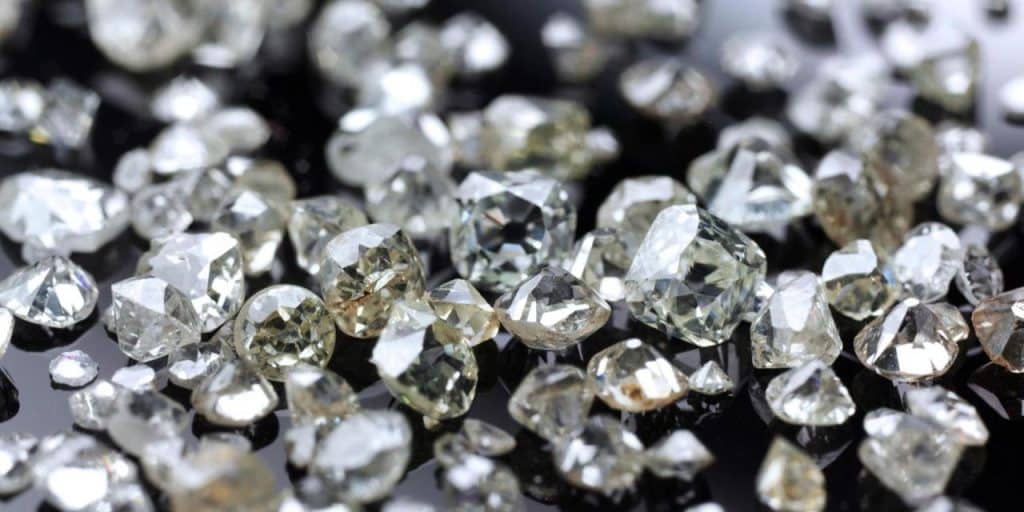
The Water Test
This is a truly simple test for a diamond’s authenticity. Get a drinking glass and fill it with about three-quarters of the way. Drop the loose diamond into the glass. If it sinks, it’s a genuine diamond. If it merely floats just below the water’s surface, it’s a fake. A true diamond is extremely dense. Water just shows you how dense a real diamond truly is.
The Setting and Mount Test
If what you have is a diamond ring, inspect the type of mount and setting. A genuine diamond is expensive and is only worthy of equally costly jewelry such as yellow gold, white gold, platinum, halo setting, pave setting, and side-stone setting. Look for 18K (gold), 10K (gold), 14K (gold), PK (platinum), 950, 585, 770, and 900 stamps for gold and platinum. If you see a C.Z. engraving, the stone is cubic zirconia.
The Ultraviolet Test
Another way to test a diamond’s authenticity, place the diamond under a UV light. Observe the diamond. Some diamonds will give off a blue glow. If placed under UV light, the diamond may emit a different colored light or may not glow at all. It’s best to have a diamond expert check your stone to be certain if what you have is a genuine diamond.

The Tests for Refractivity
The Dot
Place a smooth, white paper on a really flat surface. Using a pen, draw a small dot on the paper. Get the diamond and place its flat side on the dot. View the dot through the stone’s pointed side. If you don’t see a reflection or a dot, you have a genuine diamond.
A true diamond has intense refractive properties. These cause the light to bounce in various directions and never in a straight line. A real diamond will never allow you to see dots or letters when you look through it.
The Read-Through
In this test, place the diamond on a newspaper. Make sure its flat side is the one in contact with the surface with numerous letters. Cast a bright light on the diamond so that there’s no shadow over the diamond.
You have a fake diamond if you can read the letters of the newspaper. Blurred letters count. If you can’t see any part of the newspaper underneath, then your diamond is real.
The Test for Reflectivity
The Sparkle
You just require your eyes for this test. Position yourself near a normal lamp. Hold the diamond under its light. Observe the light as it reflects off your stone. A true diamond reflects light extremely well. It is far more intense than the sparkle given off by cubic zirconia, which is an imitation diamond.
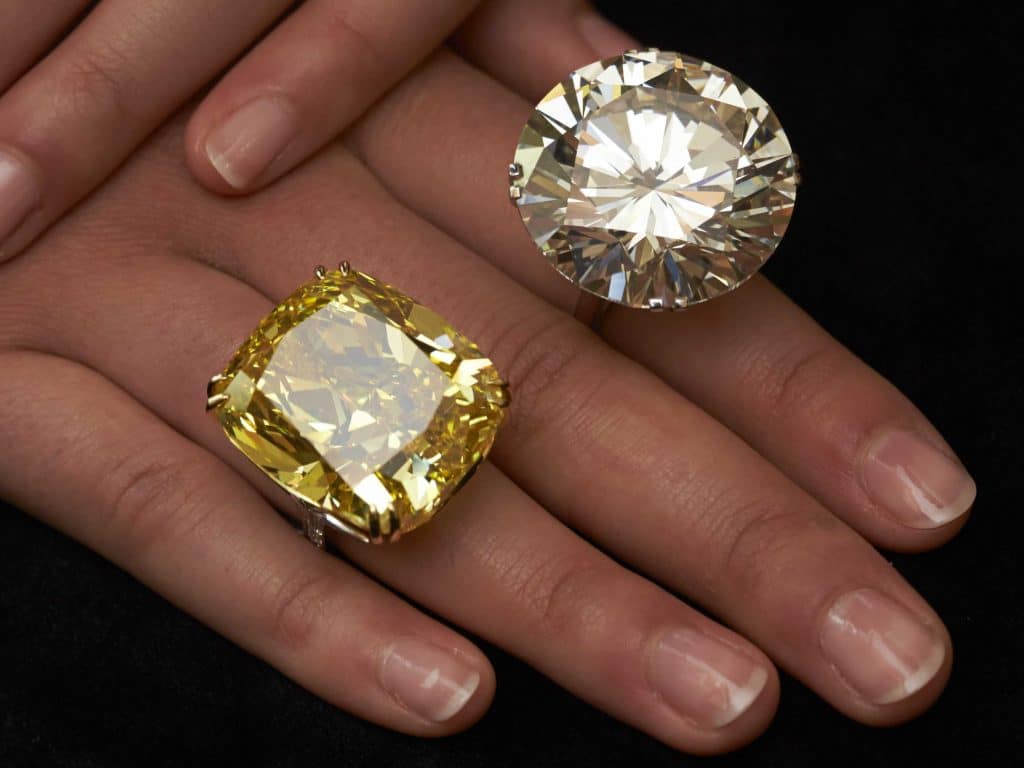
It is always best to check if you have a genuine diamond or a fake one. This precious stone is an investment and you should be protected from those who want to sell you fake ones. It is also best to seek the help of a diamond expert if you want to be certain about your precious stone.

